How to install your Hitron CODA 4582 wireless cable modem and set up your Wi-Fi network
Note If you have Northwestel Wi-Fi with Plume HomePass, see How to install your Hitron 4582 wireless modem and set up Plume HomePass for steps on how to get set up.
This article guides you through how to install your Hitron CODA 4582 wireless modem and set up your Wi-Fi network for your Cable Internet service.
- The package containing your modem
- A computer with an ethernet port or a device that can connect wirelessly
Step 1: Unpack your modem
Unpack the contents of your package and make sure you have the following:
-
Hitron CODA 4582 wireless cable modem
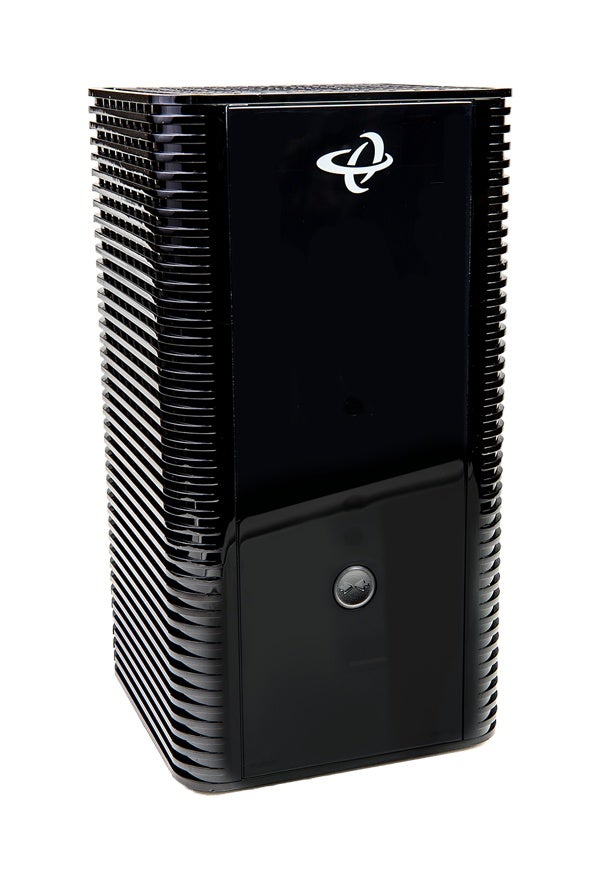
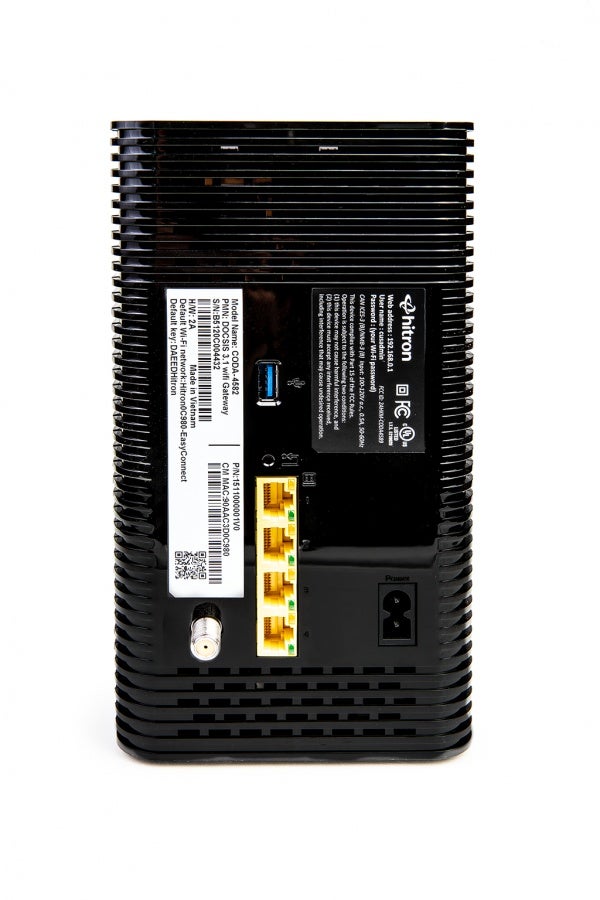
-
Power cord
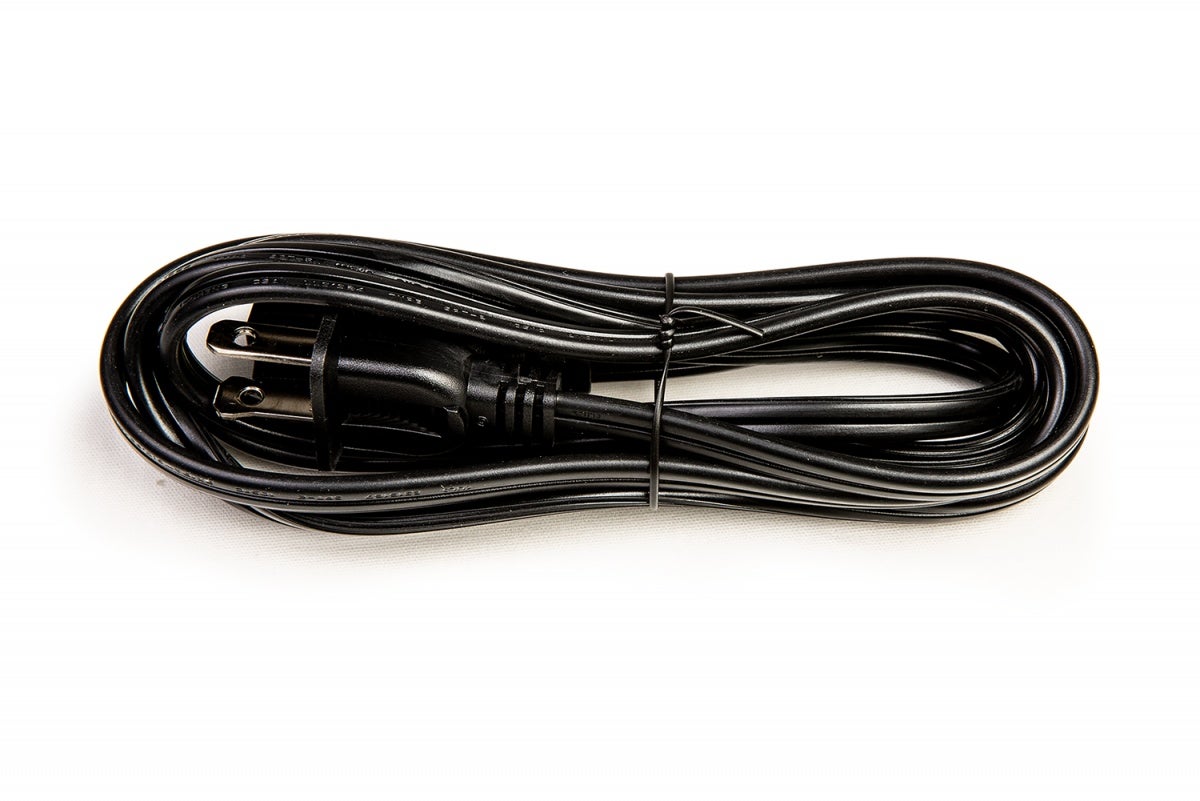
-
Coaxial cable
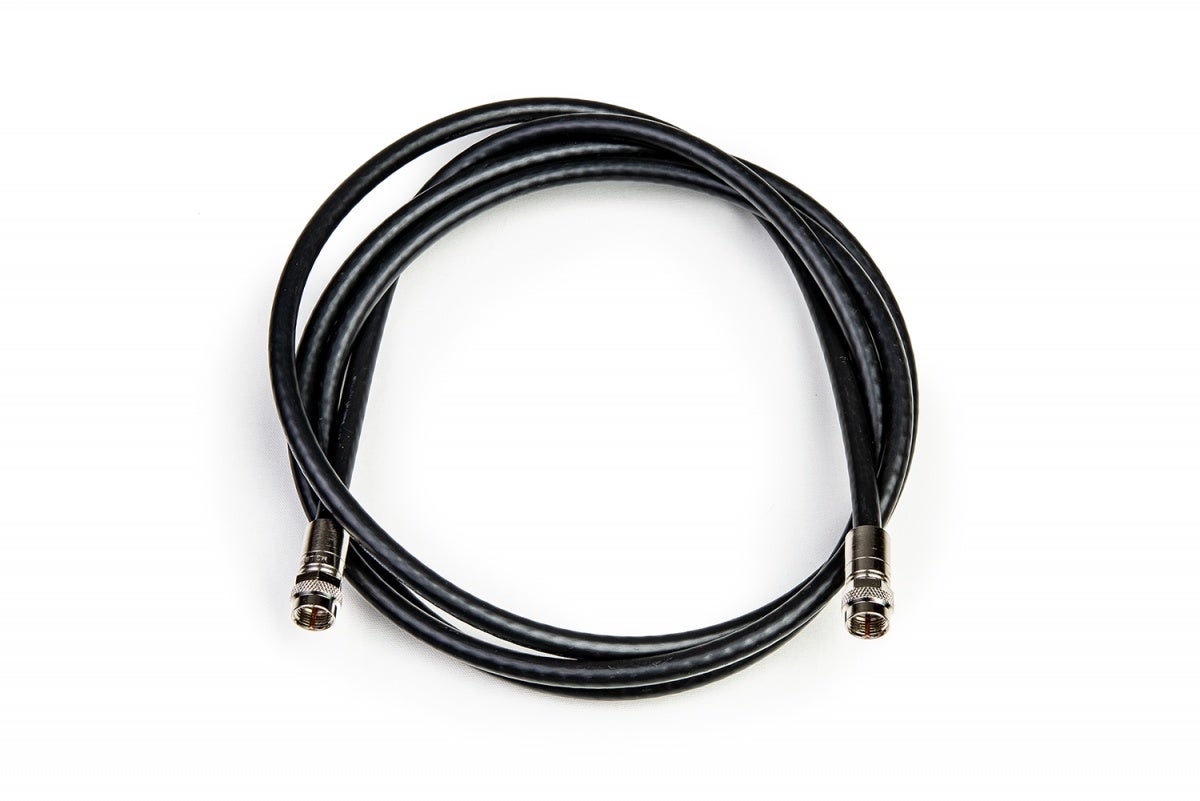
-
Ethernet cable
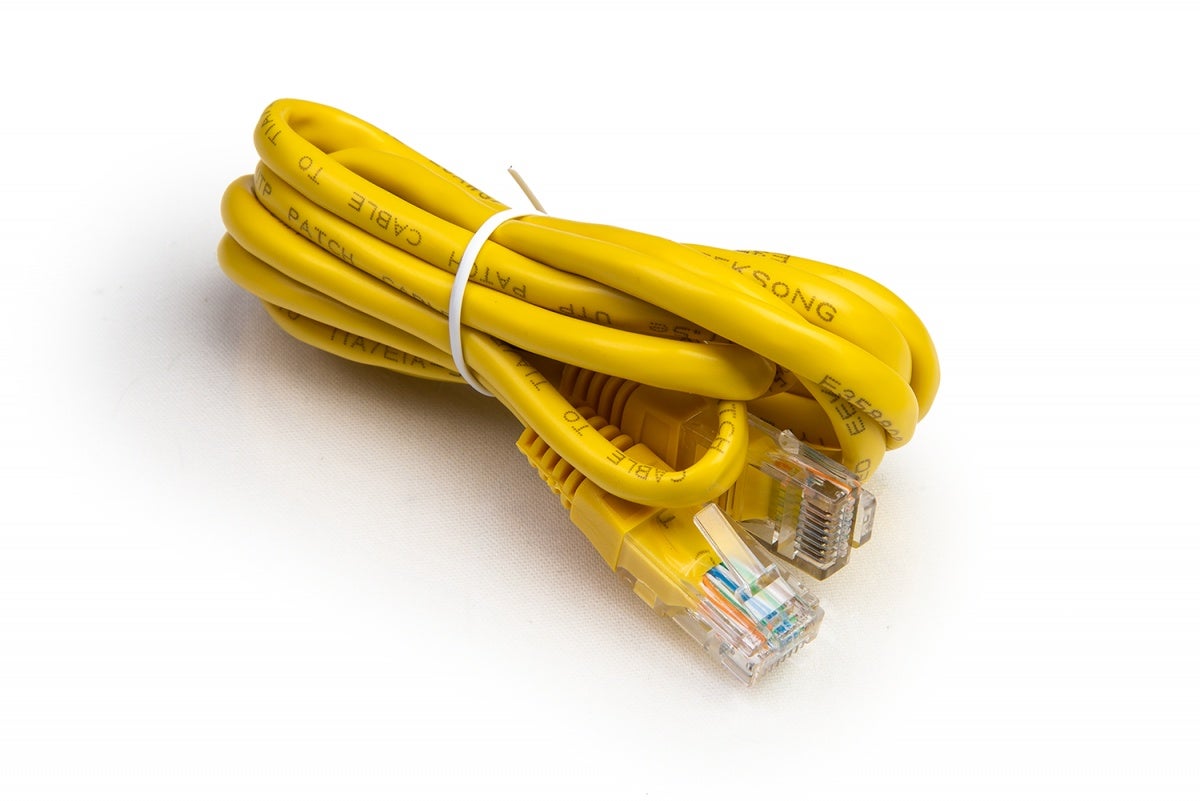
-
Quick start guide
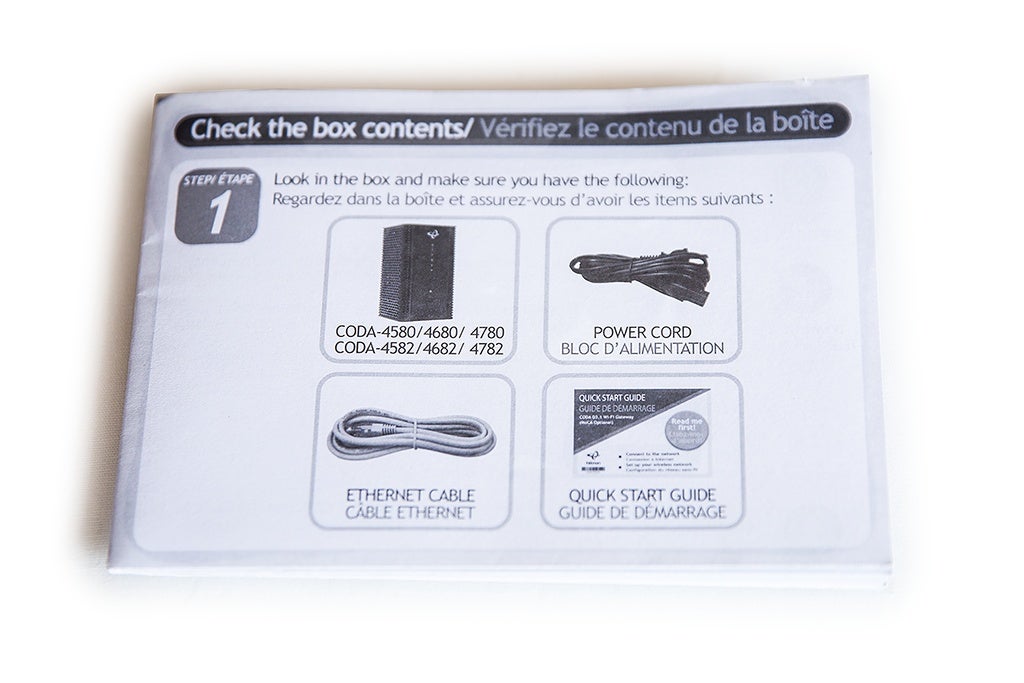
Step 2: Connect your modem
Connect one end of the coaxial cable to the cable connector at the back of the modem, and then connect the other end to the active cable wall outlet. Make sure the cable is securely connected at both ends.
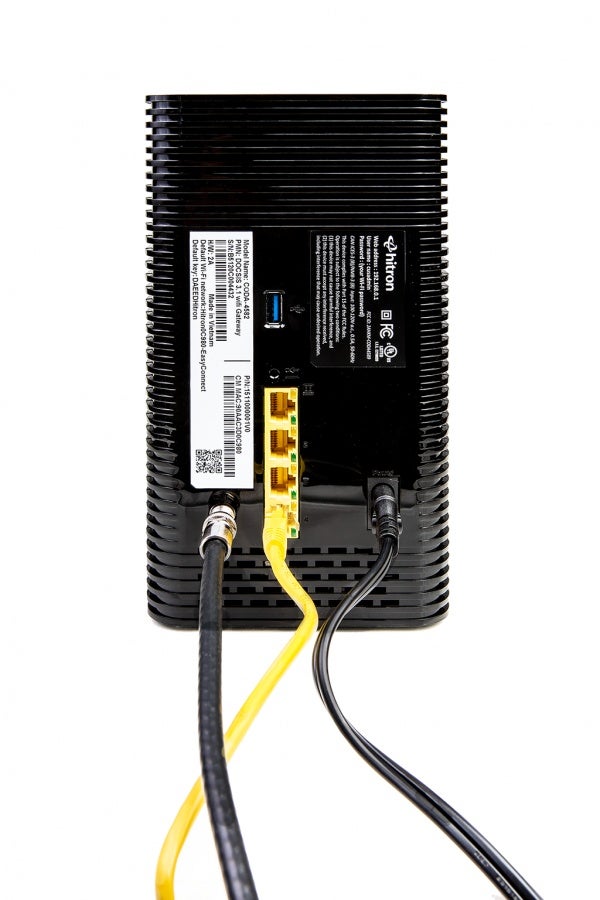
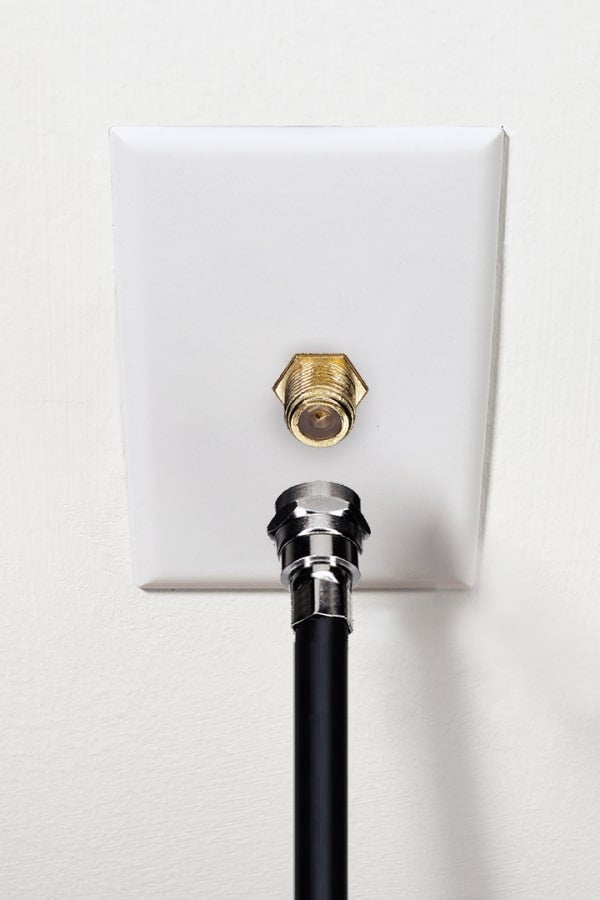
Plug the power cord into the modem and plug the other end to a working electrical outlet.
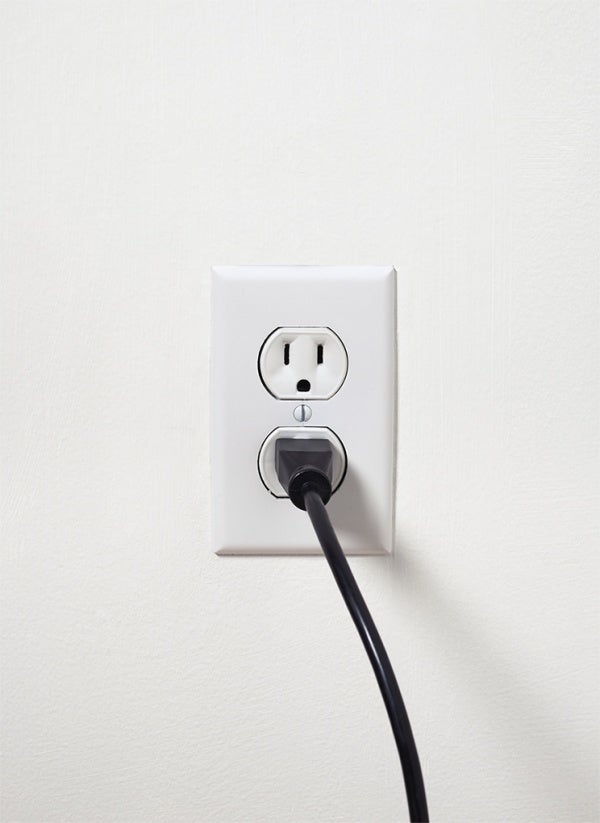
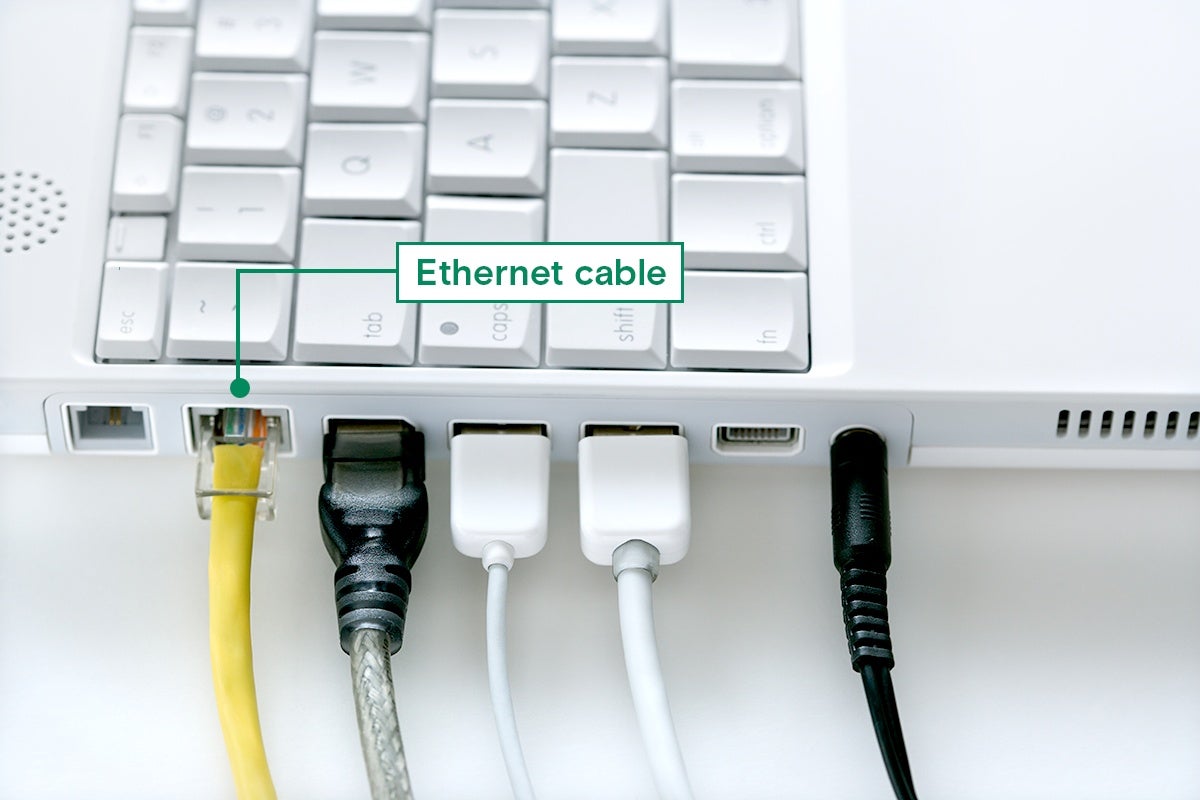
Note Because of regional power outages, we suggest using a surge protector or an uninterrupted power supply (UPS) to prevent or minimize any damage to your equipment or disruption in service.
Step 3: Confirm your modem is online and ready
Allow up to 5 minutes for the modem to power up and come online, and then check the lights on the front of the modem.
When your modem is online and ready, the lights will appear as follows.
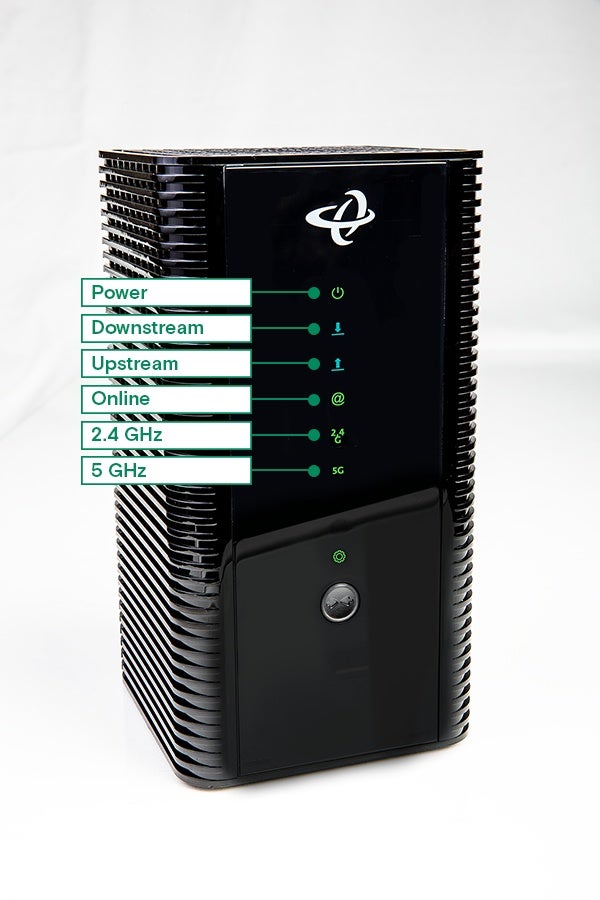
- Power: Solid green
- Downstream: Solid blue
- Upstream: Solid blue
- Online: Solid green
- Ethernet: Blinking green (if you’re using the internet)
Note Only lit if a device is directly connected through an ethernet cable. - 2.4 GHz or 5.0 GHz: Solid or blinking green (if you're using the internet)
To learn more about the indicator lights on the modem and what they mean, see the documentation for your modem.
You have two options. You can connect by using a wired connection or a wireless connection.
Use a wired connection
With this option, you connect your computer directly to the modem. To do this, connect one end of the ethernet cable to the ethernet port on your computer, and then connect the other end to the ethernet port on the back of the modem.
Use a wireless connection
With this option, you connect your device wirelessly using your default Wi-Fi network name (also called an SSID) and password. You'll find this information on a sticker at the back of your modem.
In the Wi-Fi settings on your computer or device, select the name of your Wi-Fi network, and then enter your password.
Note If you don’t know where to find the Wi-Fi settings, see the documentation for your device.
- In a web browser, type 192.168.0.1 in the address bar, and then press the Enter key on your keyword to connect to the Easy Connect app on your modem.
- Click Let’s go.
- You'll be prompted to change your Wi-Fi network name and password the first time you log in. Follow the on-screen instructions to set your Wi-Fi network name and password.

Note If you need to log in at a later time to view or change your Wi-Fi settings, use cusadmin as your username and the password from the sticker on the back of the modem. If that doesn't work, use "password"; once logged in, change to a more secure password.
- In the Wi-Fi settings on your computer or device, select the name of your Wi-Fi network.
If you don’t know where to find the Wi-Fi settings, see the documentation for your computer or device. - Enter the Wi-Fi network password that you set.
Note For a wired connection, connect your computer or device directly to your modem by using an ethernet cable. To do this, connect one end of the ethernet cable to the ethernet port on your computer or device, and then connect the other end to the ethernet port on the back of the modem.
